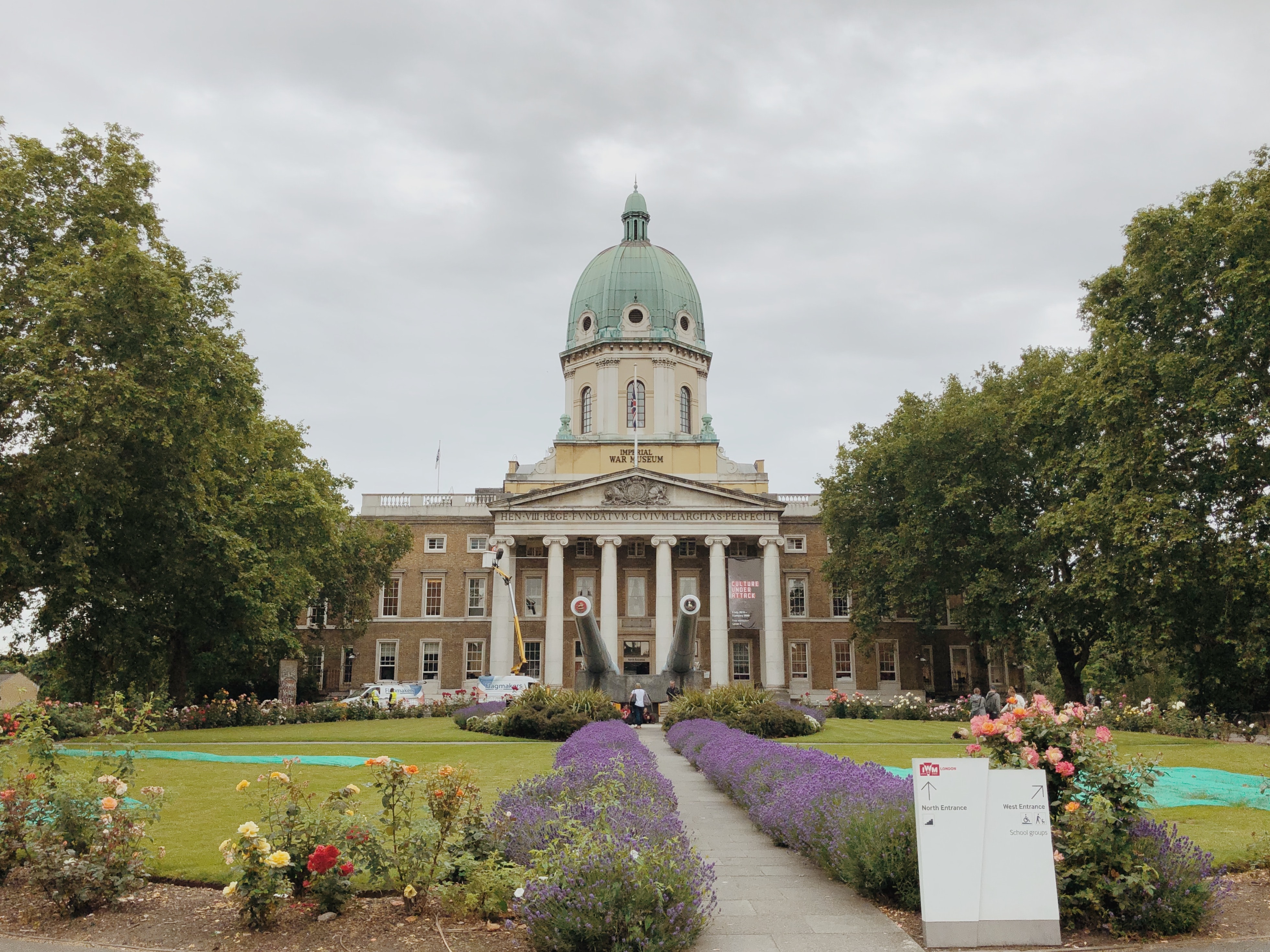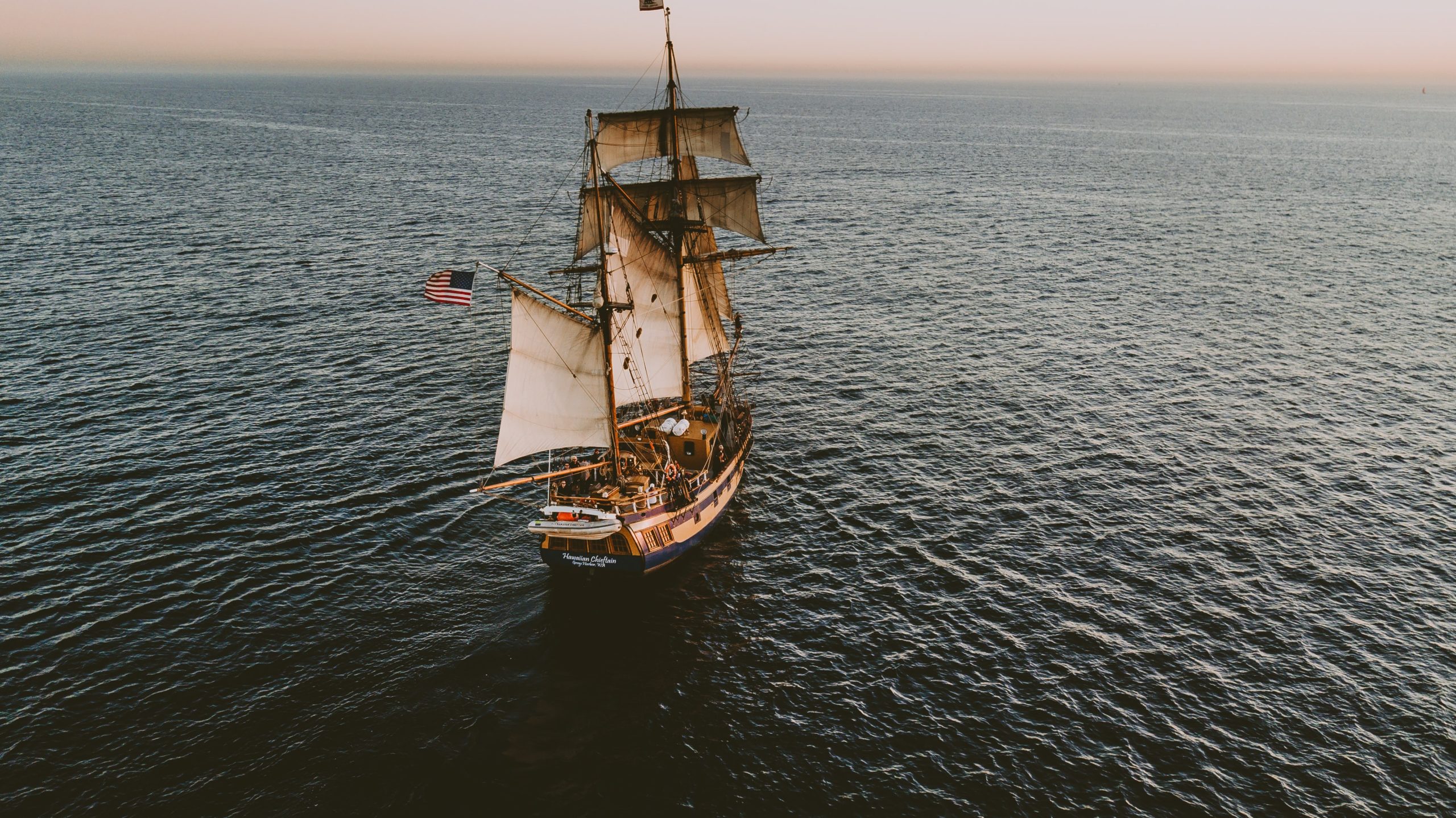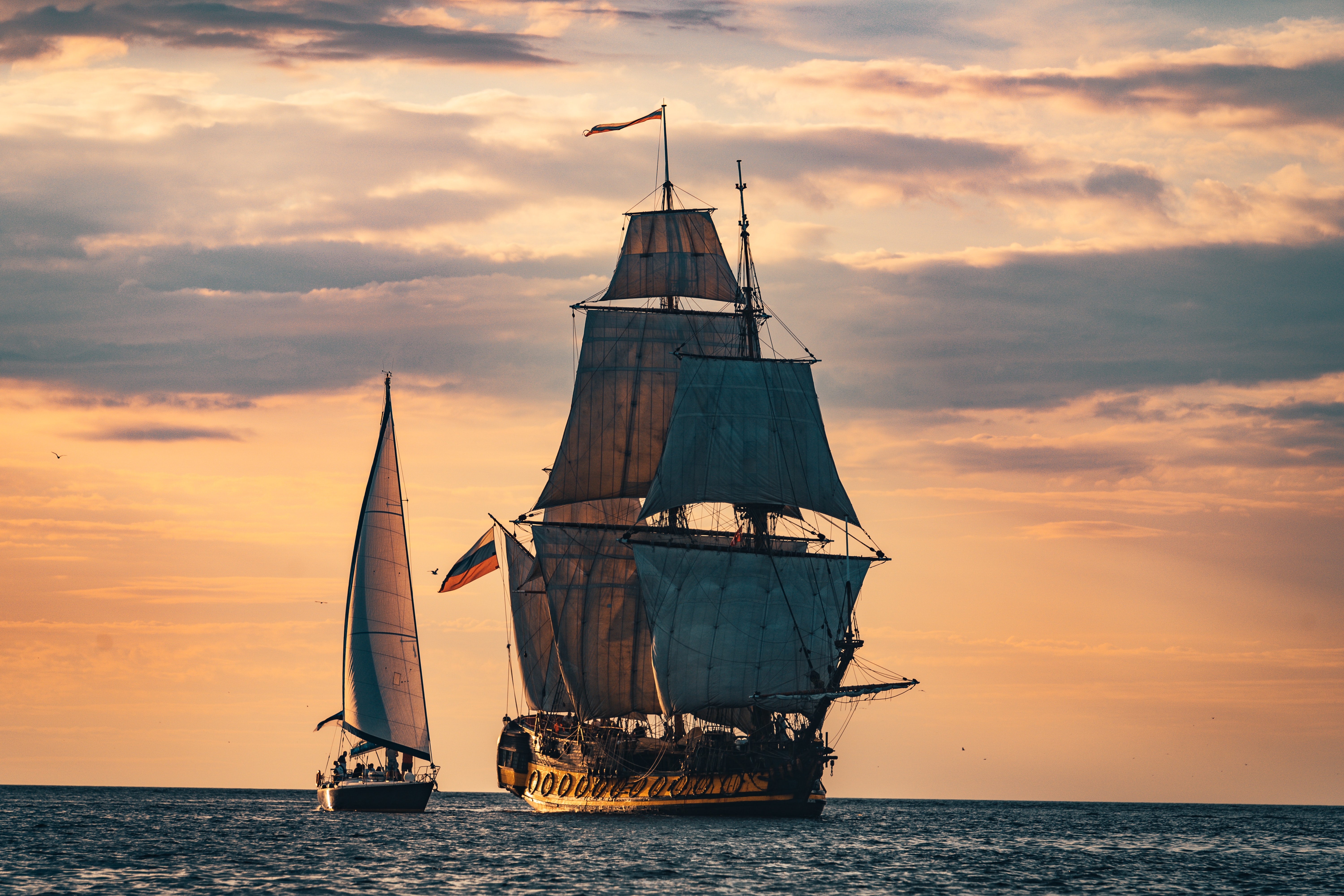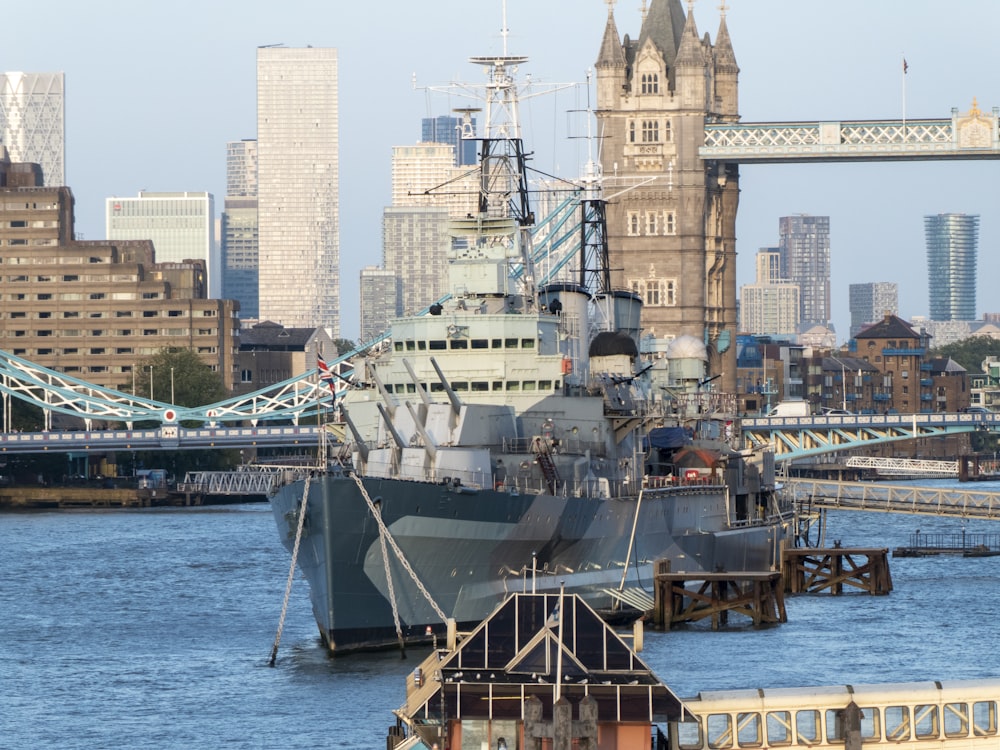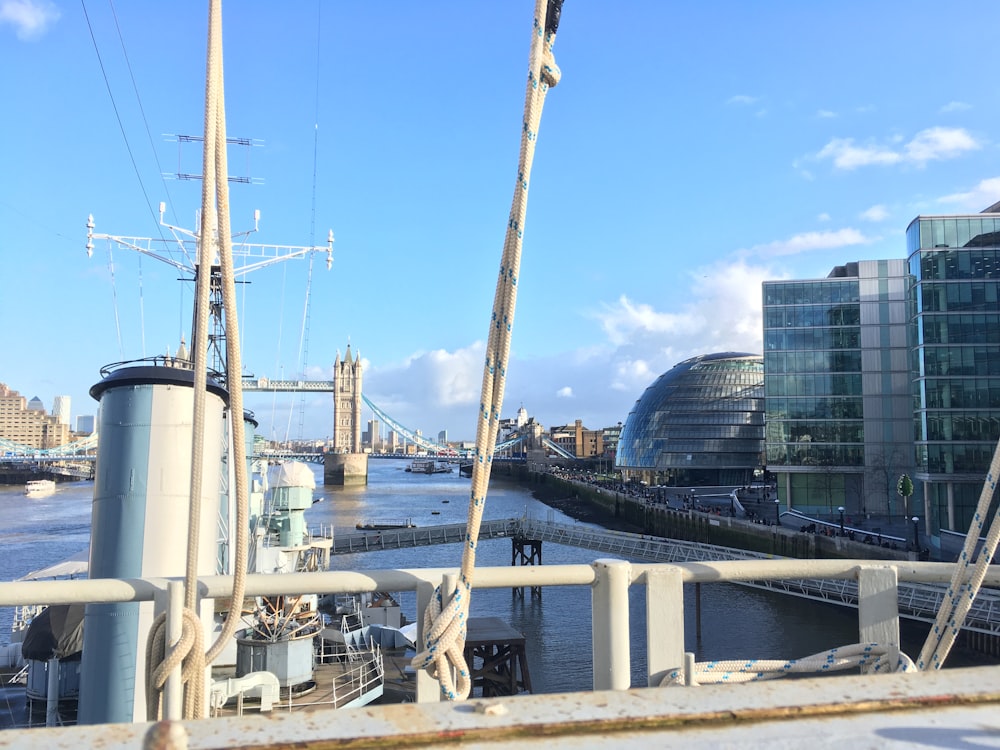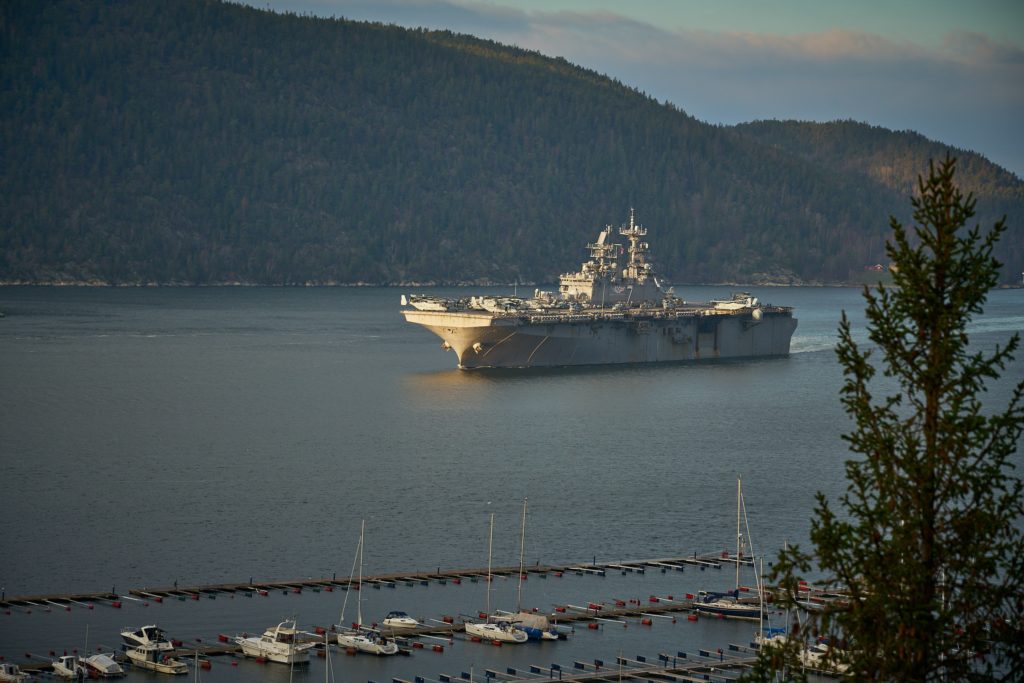
Every vessel has a story to tell from the moment it sets sail. When more people are using it, there will be more stories to tell and more life lessons that we can glean from other people’s experiences that can be applied to our own. The point of studying history is to gain insight into the achievements and failures of previous civilizations so that we might improve our own lives in the future. The majority of the great crafts that have been developed throughout hundreds of years are ancient, which enables us to enjoy, examine, and study the rich examples of a light mediterranean sailing ship.
How Many Ships Are Required For The World?
The mastery of one ability may pave the way for even greater accomplishments in others; on the other hand, every failure is a masterpiece in its sense. Admirers are drawn to vintage ships in much the same way as they are drawn to old vehicles. It is hard to define or eradicate from one’s thoughts, much as an illogical obsession would be. It is almost impossible to resist the allure of the ageless containers given that they are not only aesthetically pleasing but also useful and keep the secrets of time. They’re a combination of ancient maritime expertise and artistry from different periods.
The True Sea Picture

Germany’s shipbuilding industry Friedrich Krupp constructed the Sea Cloud, a yacht owned by Edward F. Hutton and Marjorie Merriweather Post, following a design by Majesty Cox & Stevens. After much deliberation, they chose Sea Cloud, a business that had been recommended to both of them. Marjorie decided to retain the boat and rename her Sea Cloud when the divorce was completed. Rafael Trujillo, a World War II veteran who acquired the ship and called her Angelita after the name he gave her while serving, renamed it. Shortly afterward, he was elected president of the Dominican Republic. The Sea Cloud was originally the ship’s name. Clifford Barbour eventually made the decision to purchase Sea Cloud and rename the company Antarna. In 1978, Sea Cloud was sold to a new German family after undergoing extensive renovations. After these alterations were performed, the boat was placed on the market for sale.
Black Pearl’s navigational prowess
The Black Pearl stands out in a congested harbor with its black sails and Dynarig gear. The Black Pearl is the second-largest sailing ship in the United States. The Black Pearl was manufactured by Oceanco Dykstra in the Netherlands over a five-year period and was delivered in the same year. Gerard P. Villate’s selfless labor and ability made this massive initiative feasible, and his efforts will continue to inspire people all around the globe.
At Sea on the Eos Yacht
As a media and film tycoon from the US, Barry Diller is the owner of the Eos company. He went to great lengths to disguise the fact that he had acquired Eos in Germany when he was working there to preserve the woman’s privacy. As part of its restoration in 2011, the three-masted Bermuda-rigged Eos was refurbished at the Royal Huisman shipyard in Holland. Due to a fire in Norway, she had to return the yacht once it had been repaired.
